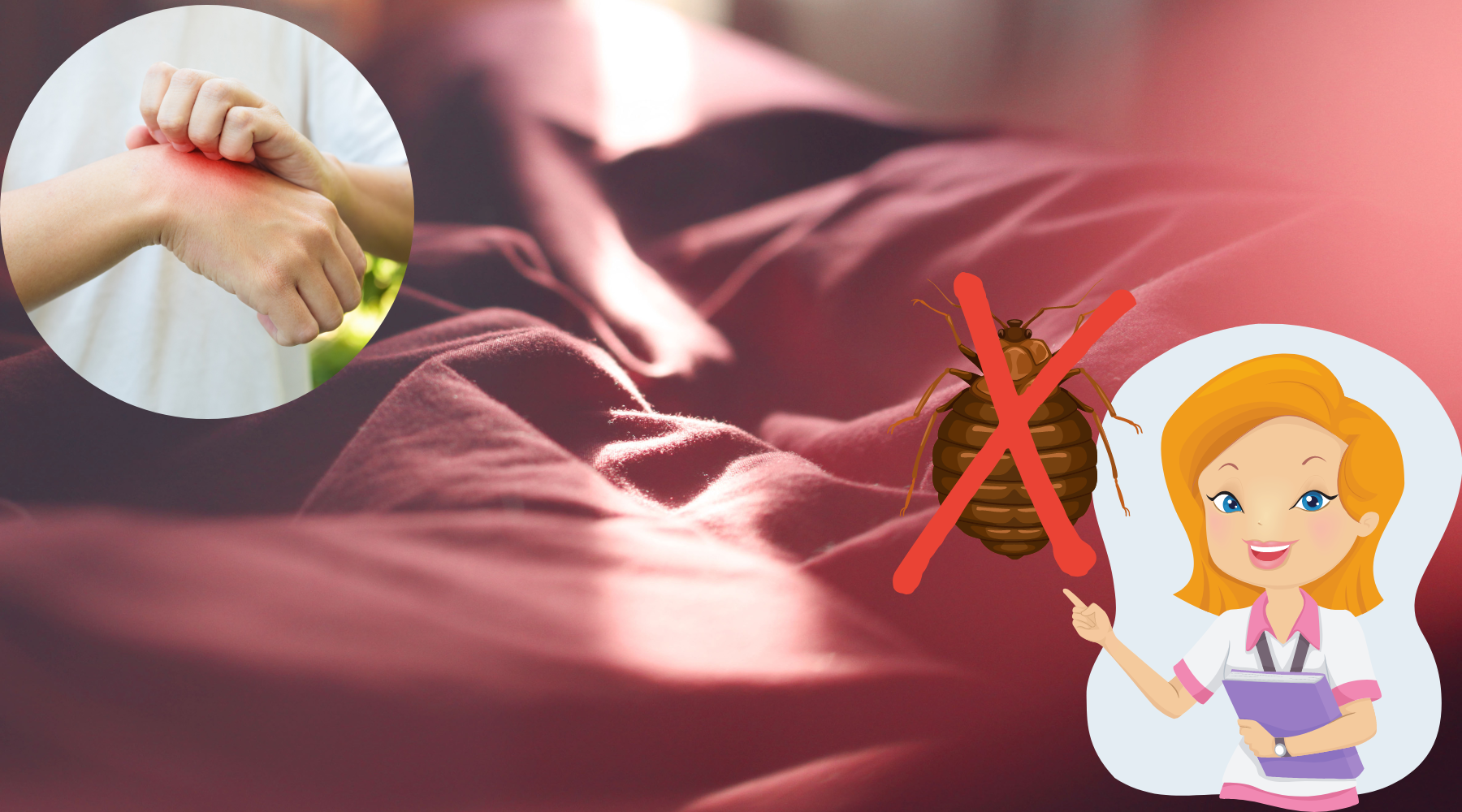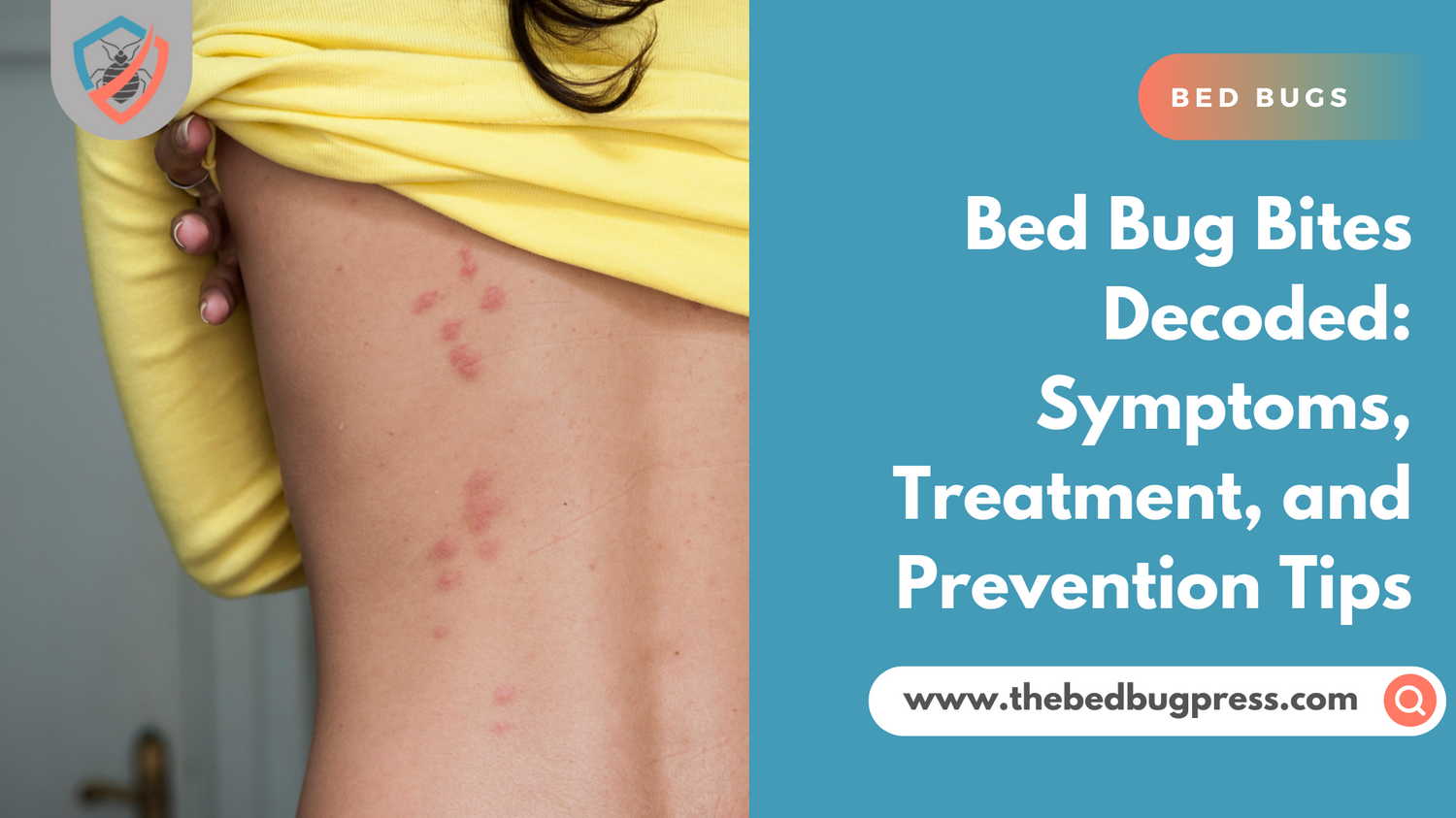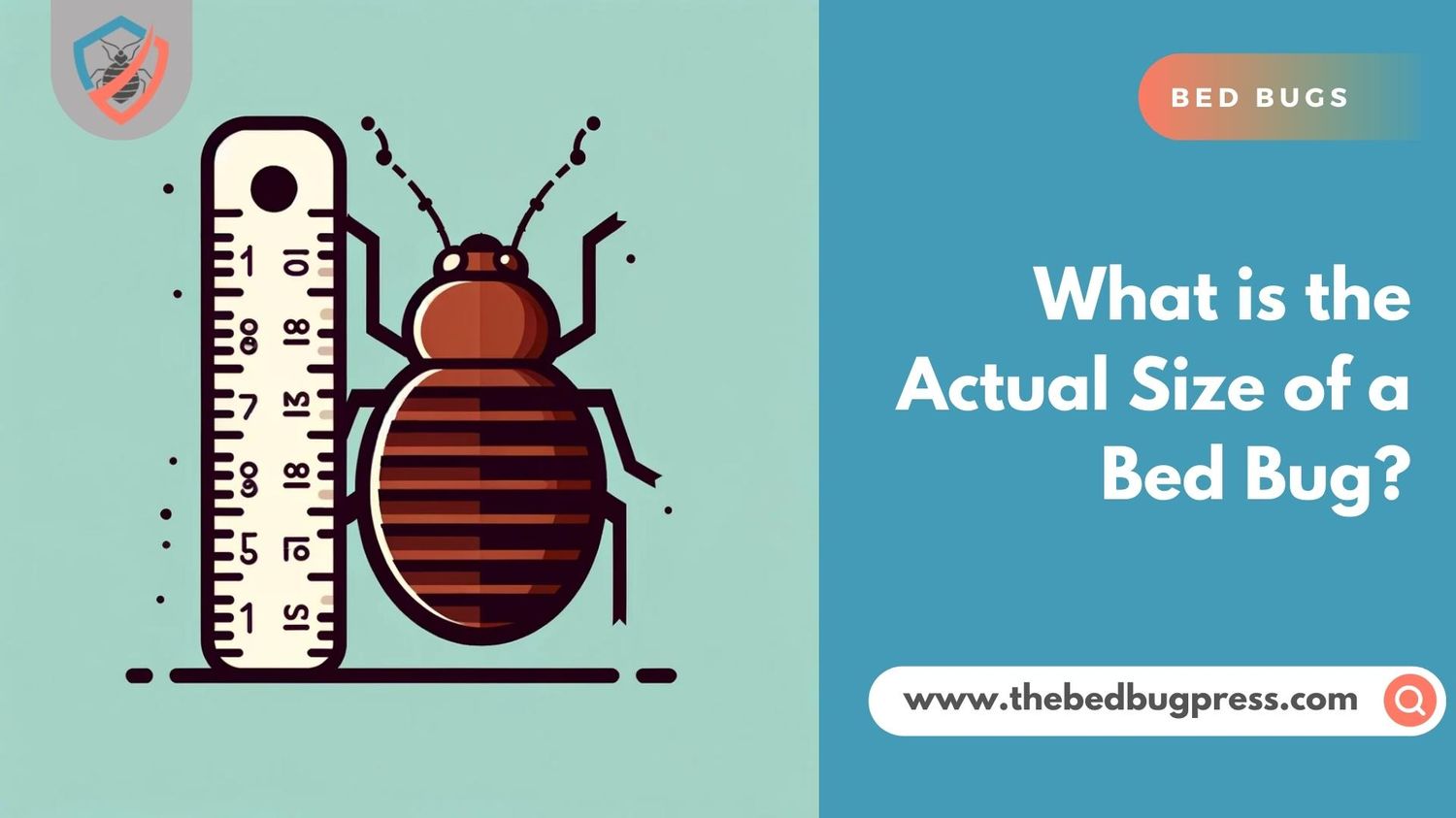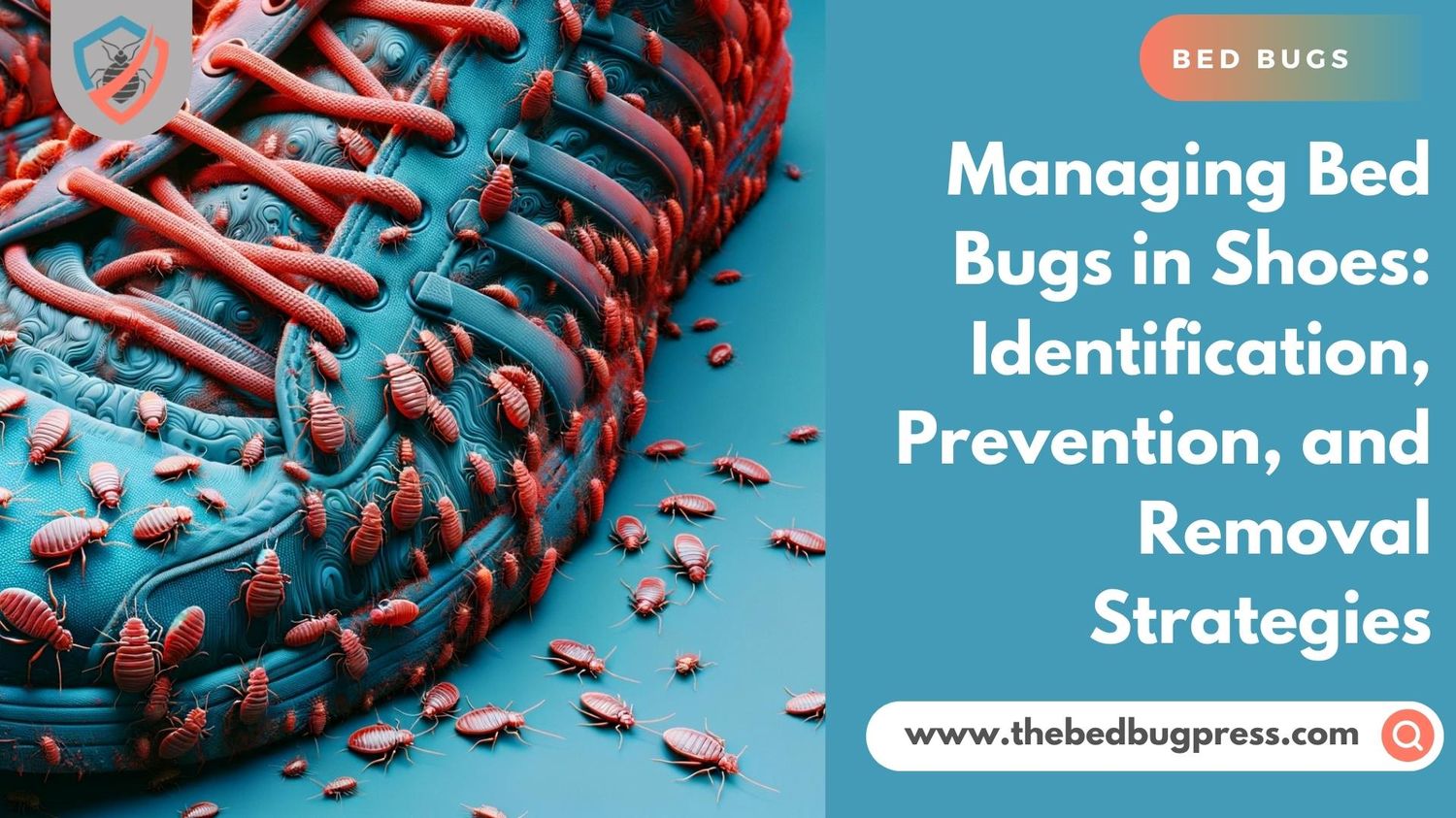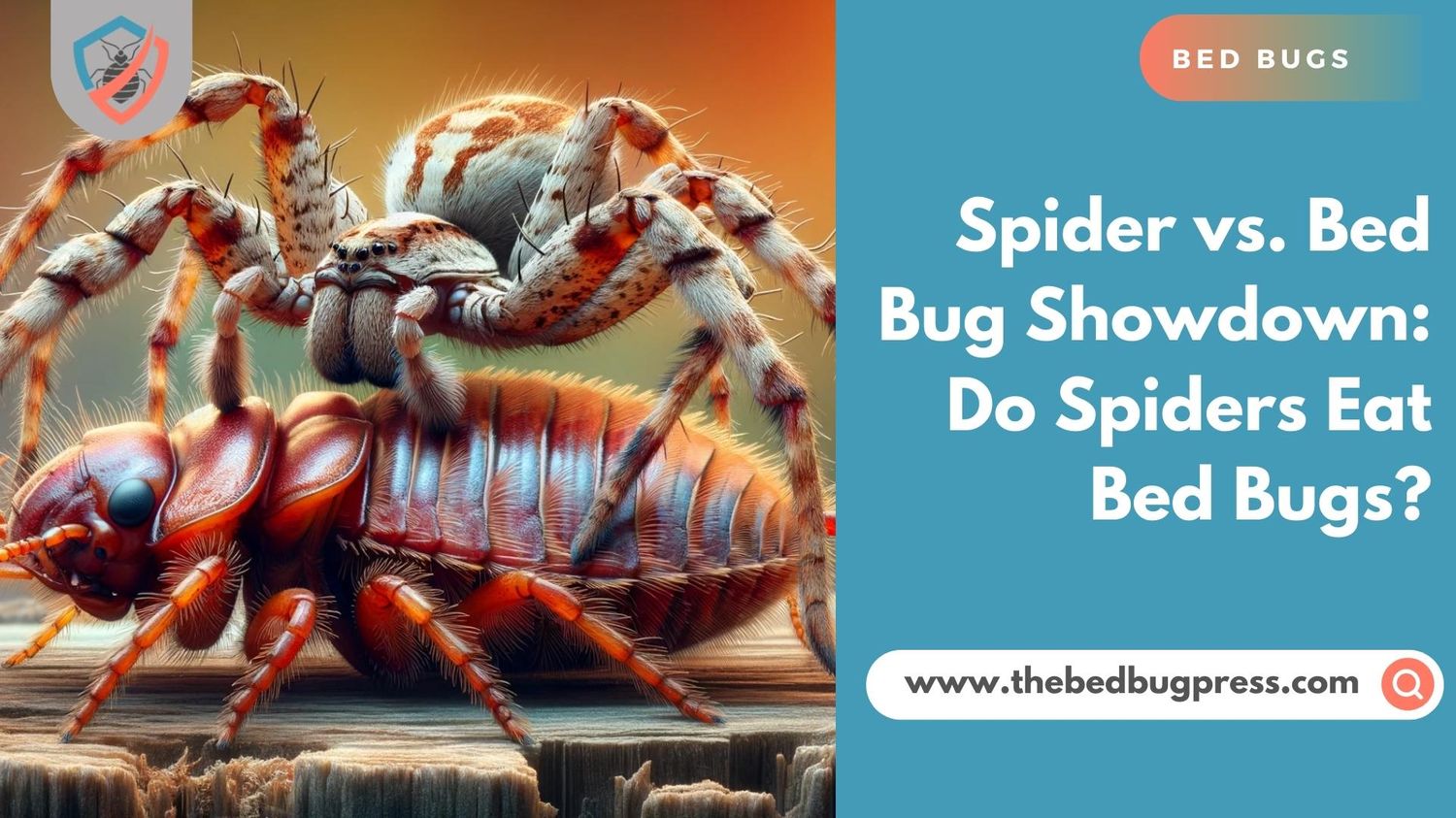Getting a good night’s sleep is important, but bed bugs can make it difficult. These small insects feed on blood and leave itchy bites, causing discomfort and frustration. However, you can take action to prevent bed bugs and bug bites by disinfecting your sheets and bedding.
As you read through, you will learn more about the behavior of bed bugs and the consequences of their bites. You’ll learn why is it important to control bed bugs by regularly disinfecting your bedding and providing effective techniques and tips to keep these pests at bay. You will also understand how following these steps can create a bug-free sleep environment and enjoy a peaceful and rejuvenating rest. Let’s discover how to prevent bed bug bites by disinfecting your sheets and bedding.
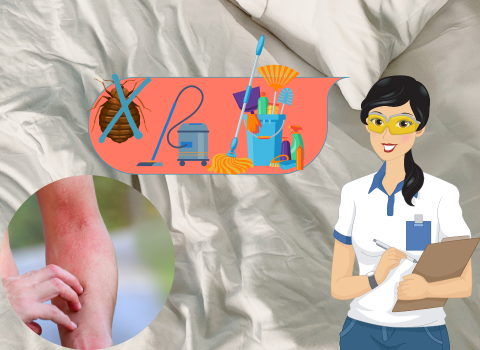
How To Get Rid of Bed Bugs on Sheets
When it comes to a good night’s sleep, dealing with bed bugs on your sheets can be a nightmare. These pesky insects not only disrupt your sleep but also leave behind itchy bites that can be incredibly uncomfortable. However, with the right approach, you can effectively get rid of bed bugs on your sheets and create a clean and bug-free sleeping environment.
Identifying Bed Bugs on Sheets:
The first step in getting rid of bed bugs on your sheets is to identify their presence. Look out for signs such as small bloodstains, dark fecal spots, or discarded exoskeletons on your bedding. Additionally, inspect your sheets closely, paying attention to the seams and folds, as these pests often hide in these areas.
Washing and Drying Your Sheets:
One of the most effective ways to eliminate bed bugs from your sheets is by washing and drying them using high temperatures. Start by removing all bedding and placing it directly into the washing machine. Use the hottest water setting recommended for the fabric, along with a quality laundry detergent. Consider adding additives like vinegar or tea tree oil, known for their pest-repellent properties. Once washed, dry the sheets at high heat for at least 30 minutes to kill any remaining bed bugs.
Freezing Your Sheets:
Another method to eliminate bed bugs is by freezing your sheets. Place the infested sheets into a plastic bag and seal it tightly. Leave the bag in a freezer set at or below 0°F (-18°C) for a minimum of four days. This freezing process will kill the bed bugs and their eggs. However, ensure that the sheets are completely dry before freezing to prevent any damage.
Vacuuming and Steam Cleaning:
Removing bed bugs and their eggs from your sheets and mattress can be effectively achieved through the process of vacuuming. Use a vacuum cleaner with a brush attachment to thoroughly clean all surfaces. Pay special attention to seams, crevices, and corners where bedbugs hide. Additionally, steam cleaning can be used to kill bed bugs by exposing them to high temperatures. Use a steamer on your sheets and mattress, making sure to reach all areas.
Encasing Your Mattress and Pillows:
To prevent future infestations, encase your mattress and pillows in bed bug-proof protectors. These specially designed encasements create a barrier that bed bugs cannot penetrate, trapping any existing bugs inside and preventing new ones from infesting your bedding. Follow the manufacturer’s instructions for installation and regularly check the encasements for any signs of damage.
Professional Pest Control:
If the bed bug infestation persists or is severe, it may be necessary to seek professional pest control services. Pest control experts have specialized knowledge and access to more potent treatments to eliminate bed bugs effectively. They can assess the extent of the bedbug infestation and recommend the most suitable treatment options for your situation.
By following these simple yet effective methods, you can successfully get rid of bed bugs on your sheets and create a clean and comfortable sleeping environment.
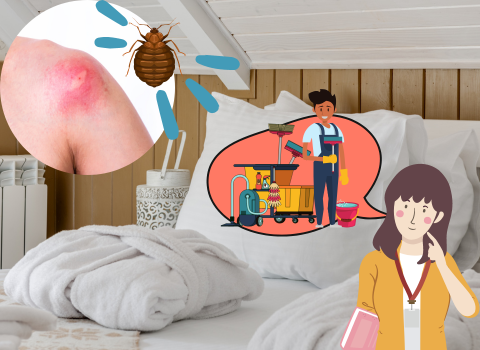
What Will Kill Bed Bugs from The Sheets
When it comes to eliminating bed bugs from your sheets, there are several effective methods you can use:
Washing and Drying:
Washing your sheets in hot water (at least 120°F/49°C) can effectively kill bed bugs. Use a high heat setting in the dryer to further eliminate any remaining bed bugs survive. Be sure to dry the sheets completely.
Freezing:
Bed bugs are susceptible to extremely cold temperatures. You can place infested sheets in a plastic bag and freeze them for several days to kill the bugs. Make sure the sheets are dry before freezing.
Steam Treatment:
Using a steamer on your sheets can kill bed bugs and their eggs. Direct the steam at all areas of the sheets, paying special attention to seams, folds, and corners where bed bugs tend to hide.
Vacuuming:
Utilizing a vacuum cleaner on your sheets and mattress can aid in the elimination of bed bugs and their eggs. Use a vacuum cleaner with a brush attachment to thoroughly clean all surfaces, including seams and crevices. Empty the vacuum bag or dispose of your own plastic bag of the contents in a sealed bag to prevent the bugs from escaping.
Encasements:
Encase your mattress and pillows in bed bug-proof encasements. These protective covers create a barrier that prevents bed bugs from infesting your bedding. Make sure the encasements are designed specifically for bed bugs and have a zipper that fully seals.
Professional Pest Control:
If your bed bug infestation persists or is severe, it may be necessary to seek professional pest control services. Pest control experts have specialized knowledge and access to more potent treatments that can effectively eliminate bed bugs from your sheets.
Remember, consistency and thoroughness are key when dealing with bed bugs. It’s essential to treat not only your sheets but also your mattress, pillows, and the surrounding areas to ensure complete eradication.
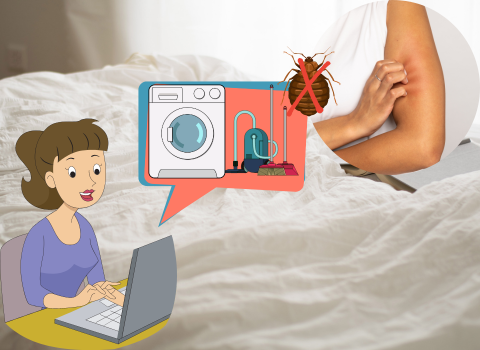
Steps to Take When Discovering Bed Bugs on Your Sheets
Discovering bed bugs on your sheets can be unsettling, but it’s important to take immediate action to address the situation. Here’s what you should do when you find bed bugs on your sheets:
Quarantine the Sheets:
Remove the infested sheets from your bed and place them directly into a plastic bag. This will help prevent the bed bugs from spreading to other areas of your home.
Minimize Movement:
Avoid carrying the infested sheets through your living space to minimize the risk of bed bugs spreading to other rooms. Take them directly to the laundry area or a designated space for treatment.
Inspect the Mattress and Surrounding Areas:
Thoroughly examine your mattress, box spring, bed frame, and nearby furniture for any signs of bed bugs. Look for live or dead bugs everywhere, dark spots of fecal matter, shed skins, or tiny eggs. Bed bugs often hide in seams, cracks, crevices, and corners.
Launder the Sheets:
Wash the infested sheets in hot water (at least 120°F/49°C) as soon as possible. Use a high heat setting in the dryer afterward. The application of heat aids in the elimination of both bed bugs and their eggs. If the sheets are not suitable for washing at high temperatures, consider heat treatment alternatives like using a dryer on high heat or professional steaming.
Vacuum the Mattress and Surroundings:
Use a vacuum cleaner with a brush attachment to thoroughly vacuum your mattress, box spring, bed frame, and any nearby areas where bed bugs may be present. Pay close attention to seams, crevices, and cracks. After vacuuming, immediately empty the vacuum bag or dispose of the contents in a sealed bag outside your living space.
Consider Bed Bug Encasements:
Encase your mattress and box spring in bed bug-proof encasements to prevent further infestation. These protective covers create a barrier that bed bugs cannot penetrate, trapping any existing bugs inside and preventing new ones from infesting your bedding.
Monitor for Signs of Infestation:
After treating the sheets and addressing the immediate area, continue monitoring for any signs of bed bugs. Be vigilant in checking for live bugs, bites on your body, or any new fecal spots on your sheets or mattress.
If the infestation persists or becomes overwhelming, it’s advisable to seek professional pest control assistance. Bed bug infestations can be challenging to eradicate completely, and professionals have the expertise and tools to effectively address the bed bug problem.
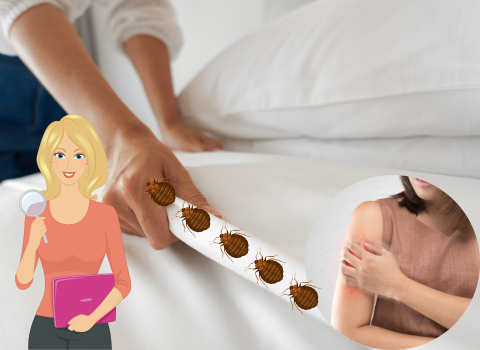
How Do You Disinfect Sheets from Bed Bugs?
Disinfecting sheets from bed bugs involves a combination of washing, drying, and heat treatment. Here’s a step-by-step guide to effectively disinfecting your sheets to kill bugs:
Remove the Sheets:
Take off the infested sheets from your bed and place them directly into a plastic bag. This helps prevent the bed bugs from spreading to other areas.
Pre-Treatment:
Before washing, it’s important to take some preparatory steps. Start by shaking out the sheets outside to remove any loose bed bugs or eggs. You can also use a stiff brush to dislodge any stubborn bugs clinging to the fabric.
Washing:
Set the water temperature to at least 120°F/49°C) as you put the sheets in the washing machine. Add enough laundry detergent and consider using additives with pest-repellent properties, such as vinegar or tea tree oil. Run the sheets through a regular washing cycle.
Drying:
After washing, transfer the sheets to the dryer. Dry the sheets at the highest heat setting suitable for the fabric for at least half an hour. The high temperatures will help eliminate any remaining bed bugs and their eggs. Ensure the sheets are completely dry before removing them from the dryer.
Heat Treatment:
If your sheets are not suitable for washing or drying at high temperatures, you can use heat treatment as an alternative. Place the sheets in a dryer-safe bag or a large trash bag and seal it tightly. Adjust the dryer to a high heat setting and allow the sheets to tumble for a minimum of 30 minutes. This will expose the bed bugs to lethal temperatures and effectively disinfect the sheets.
Inspection and Storage:
After the sheets have been properly treated, carefully inspect them for any signs of remaining bed bugs or eggs. If you don’t find any, fold or store the sheets in a clean and sealed container to prevent re-infestation.
It’s worth noting that disinfecting the sheets alone may not eliminate bed bug infestation, as these pests can hide in other areas such as the mattress, box spring, and nearby furniture.
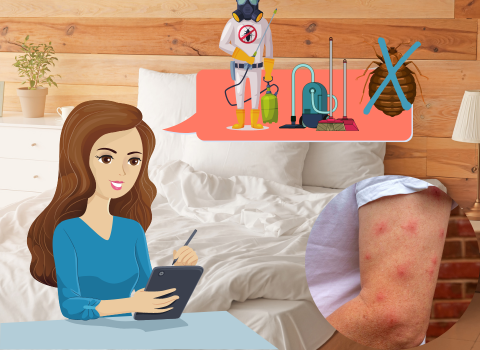
Do I Have to Wash All My Clothes If I Have Bed Bugs?
If you have bed bugs, it is not necessary to wash all your clothes unless they have been in close contact with the infested area. Focus on washing the clothes that have been in or near the bed bug-infested areas, such as bedding, pajamas, and clothes stored in closets or drawers near the infestation.
Use hot water and high heat drying to kill the bed bugs effectively. However, a thorough inspection and vacuuming should suffice for clothes that have not been exposed to the infestation.
Make sure that you address the infested areas and take preventive measures to avoid spreading the bed bugs further.

